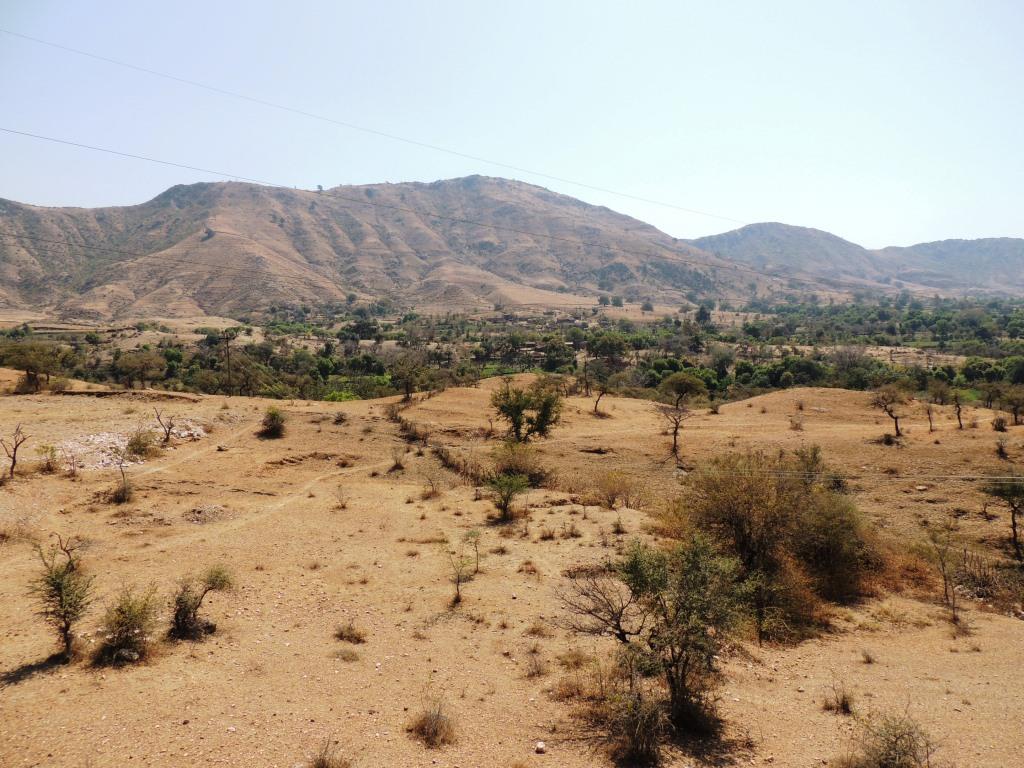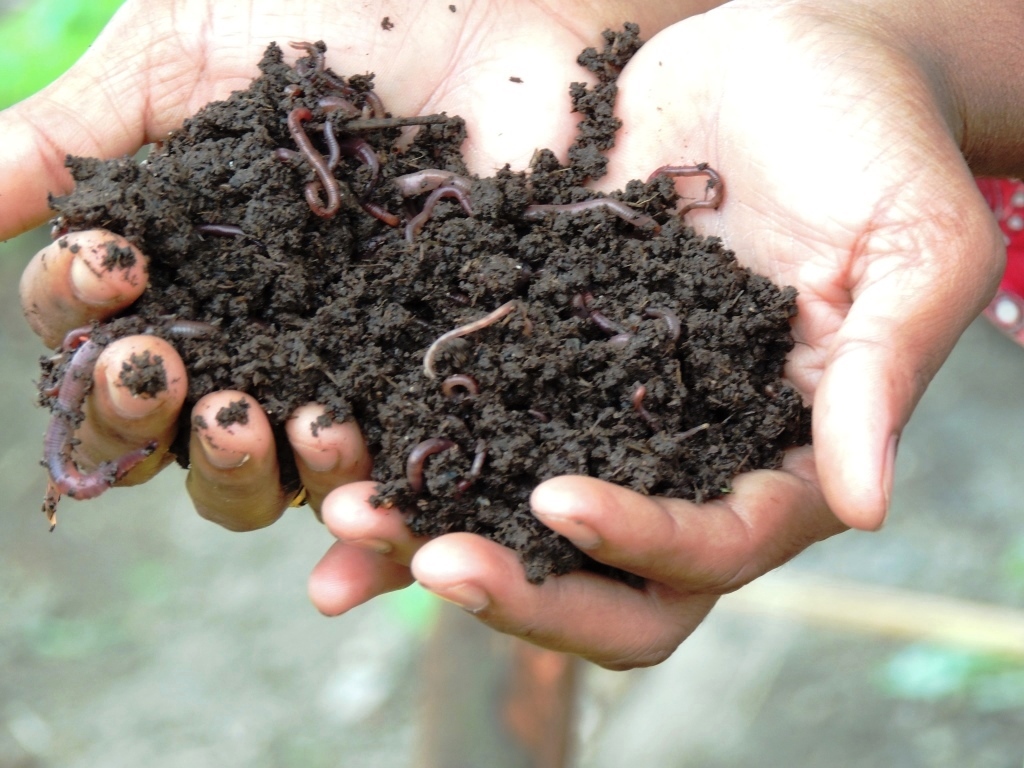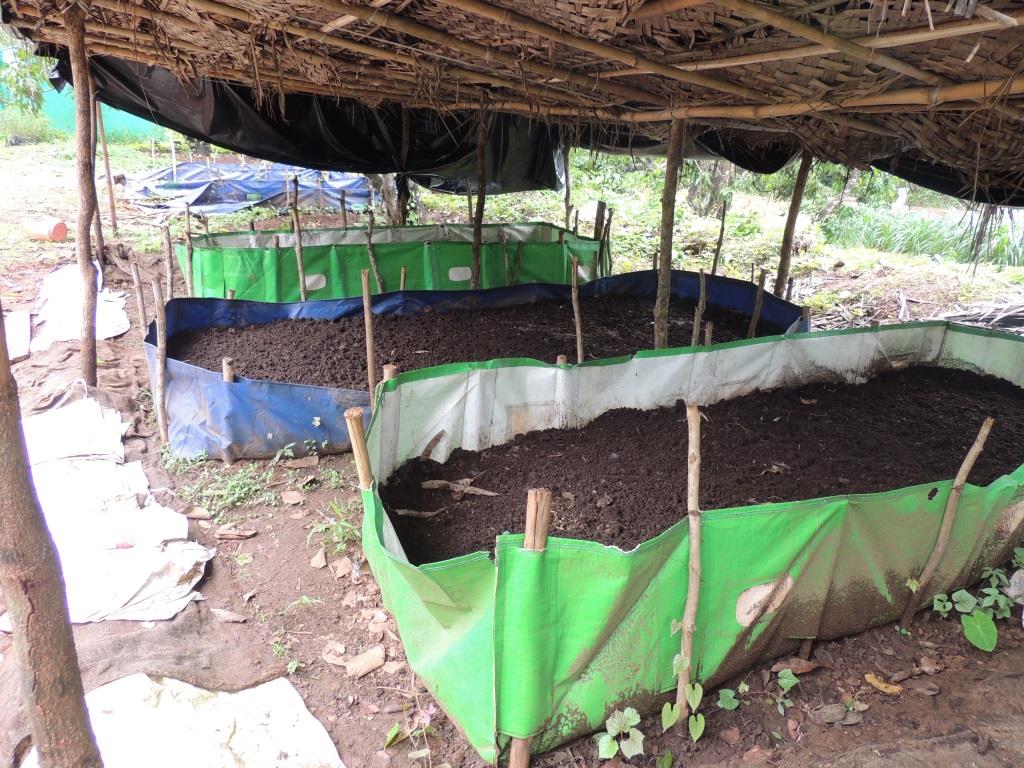by Shruti Bansal
Climate-induced disasters, e.g., floods, droughts, forest fires, and heatwaves, are responsible for about 25% of agricultural productivity loss today. Furthermore, the increasing temperature has profoundly impacted crop yield, livestock production, and fish production. This, when we face an urgent need to increase food production by 60% from 2005 to 2050 to provide food security for all (Alexandratos & Bruinsma, 2012). Addressing this two-fold conundrum requires cost-effective, nature-based, and human-centric solutions.
Maintaining, conserving, and protecting soil biodiversity is one such solution. Soil biodiversity is responsible for putting strength and cleaning up the soil, and healthy soil with nutrients supports plants growth, aids in crop production, and provides life-sustaining ingredients to animals. As a vital measure of soil health, soil biodiversity determines agricultural productivity and food sustainability. Overall, good soil biodiversity governs food security and is vital for poverty alleviation.

So, what constitutes soil biodiversity and what are the various functions it performs?
Soil is home to more than a quarter of living species on our planet, making it the most biologically diverse ecosystem in nature. Soil consists of various microorganisms, invertebrates, and small mammals, making it unique and diverse. A teaspoon of topsoil can contain up to 6 billion microorganisms and other species.
These diverse organisms perform plenty of tasks vital for the agroecosystem’s functioning. Let’s take an example of an ecosystem service like the digestion of organic matter. Millions of bacteria, fungi, earthworms, nematodes, etc., provide this vital service. In addition, this digestion process produces essential nutrients that are important for crop and plant growth and water retention.
These microorganisms are also responsible for nutrient recycling, soil structure, soil detoxification, carbon sequestration, pest population control, and enhancing plant growth. These services sustain the agricultural system.

Reports indicate that over 99.7% of our food calories come from healthy soil and suggest the importance of investing in and managing the soil ecosystem (Head, 2019). Furthermore, a diverse ecosystem with thriving biodiversity is better resilient to shocks and stress. Crops grown genetically using uniform monoculture are highly vulnerable to pest diseases and nutrient deficiency. Whereas, when different crops are grown in healthy soil, the overall ecosystem becomes better resilient to diseases and infections (Erisman, et al., 2016).
Humans’ effect on soil biodiversity
Despite the range of functions that a healthy soil ecosystem offers, it is in danger due to human activities. Widespread deforestation causes nutrient loss, erosion, soil acidification, loss in soil biomass, changes in soil properties, and soil pH. Worldwide urbanisation has disrupted soil biodiversity and related ecosystem services by causing the death of many of the soil organisms. The events of forest fires also damage the soil ecosystem severely, leading to the decolonisation of the bacterial community.
Adding microplastics, fertilisers, and persistent organic pollutants to the soil makes the soil biota extremely toxic, and the components may accumulate in the food chain. Furthermore, with greater use of external inputs in agriculture through fertilisers and pesticides, the risk of soil erosion increases and makes the soil more compacted and saline. This disturbs the soil structure and its ecosystem and decreases the soil biodiversity. The absence of this diverse soil environment makes the soil weak and incapable of holding water, leading to erosion, and flooding. Further, the ability of soil to process and cleanse water is also lost.
Managing Soil Biodiversity
All this calls for the management of soil biodiversity, which broadly includes maintenance, conservation, and restoration of wanted species while suppressing unwanted species. Managing and conserving the above-ground species is highly dependent on soil conservation and the protection of soil biodiversity. Some of the excellent practices may include diversification of agriculture via increasing tree cover and improving the above and underground biodiversity. Conservation tillage is also effective in controlling wind and/ or water erosion by increasing the tree cover and limiting the tilling operation. Slope farming is a good practice in controlling soil degradation in hilly regions.
Traditional farming methods have been proven effective in managing the soil microbial community. Some examples include the “rice trap” method, “juxtaposition of boiled potatoes”, and fermentation of leaves mould, bran, molasses, etc. Planting cover crops is an excellent technique to avoid soil erosion, increasing soil nutrients and favouring life underneath the soil (FAO; ITPS; GSBI; CBD; EC., 2020). A grassed waterway is effective in controlling water erosion and preventing soil degradation. Switching to organic farming and restricting synthetic fertilisers and pesticides is another way to restore soil quality.

WOTR promotes soil health testing to monitor soil performance, allowing optimum fertiliser use. In addition, it also promotes the use of nutrition-fixing bacteria like rhizobium in legumes, azotobacter in cereals, phosphate solubilising bacteria (PSB), and potassium solubilising bacteria (KSB). The overall objective of all these initiatives is to upgrade soil health and promote a healthy ecosystem under the soil.
The need for sustainable soil management is evident. A healthy ecosystem under the soil is vital for environmental and human sustainability. Managing, preserving, and conserving the soil biodiversity has the potential to alleviate hunger and poverty, secure above-ground biodiversity, mitigate climate change, and is a step forward towards a healthy, green, and sustainable future.
Also Read: i) The Role of Biodiversity in Ecosystem-based Adaptation (EbA)
ii) Making Biodiversity Conservation a Community’s Responsibility
References
- Alexandratos, N., & Bruinsma, J. (2012). World Agriculture Towards 2030/2050: the 2012 revision. Rome: FAO
- Erisman, J. W., Eekeren, N. v., Wit, J. d., Koopmans, C., Cuijpers, W., Oerlemans, N., & Koks, B. J. (2016). Agriculture and biodiversity: a better balance benefits both. AIMS Agriculture and Food, 157-174.
- FAO; ITPS; GSBI; CBD; EC. (2020). State of knowledge of soil biodiversity – Status, challenges and potentialities. Rome: FAO.





